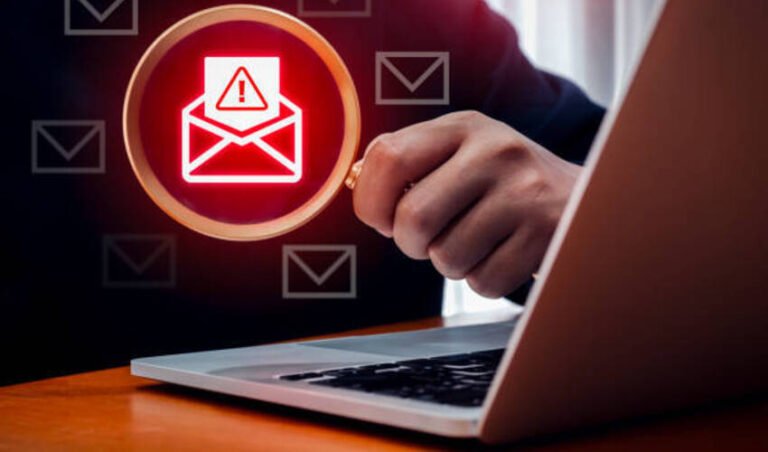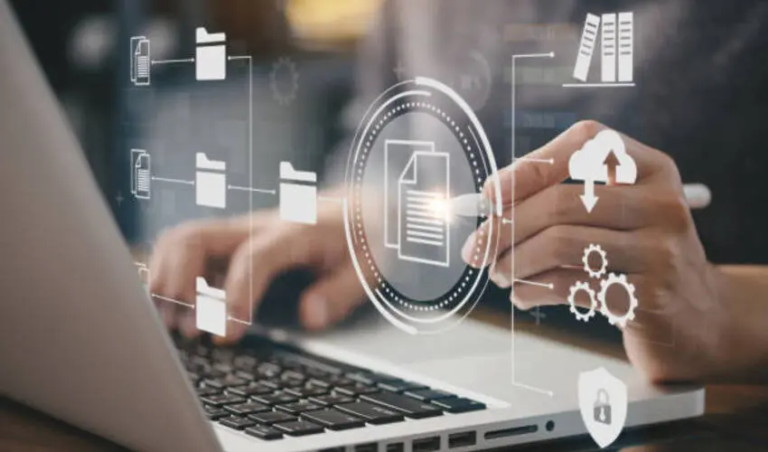Every day, we get to hear about ever-smarter cyber scams and inbox clutter. Therefore, identifying a phishing email rapidly is essential and convenient. With some rapid checks, you can identify a phishing attempt in less than 30 seconds and safeguard your confidential information before it is too late.
Introduction
Did you know? More than 427.8 million dangerous emails were delivered last year. This shows that emails can be very dangerous, and there is no doubt about it. Just have a glance at recent cybersecurity news for proof:
- Microsoft 365 attack can avoid email security
- PayPal warns that harmful invoice bypasses email security
- Gmail attacks show that security assessment is very important
Keeping this scenario under consideration, we are presenting to you 7 tried and tested techniques to identify phishing emails within 30 seconds.
Also Read This: The Rising Threat of Cyber Crime In Sacramento: What You Need To Know
Look For Fear Tactics and Perseverance
Sometimes phishing emails develop a wrong sense of urgency, stating that your account will be closed or act now. These ideas aim to make you react thoughtlessly. Microsoft and the FBI highlight that important calls to action are among the most common alarming things in phishing tricks.
Check the Sender’s Domain and Information Closely
Sometimes fraudsters trick email addresses and incorporate lookalike domains like microsOft.com instead of small o, they replace it with a capital O. Always place your pointer to reveal the actual link prior to clicking it.
Identify General Greeting or Bad Grammar
Professional and well-reputed companies rarely send emails that have awkward grammar and typos. If a message begins with Dear customer or has prominent mistakes, that is an important red flag.
Look For Awkward Attachment and Requests For Data
Unexpected attachments, particularly with extensions .zip, or .exe, can provide malware. Similarly, legal companies sometimes ask for personal information, credit card numbers, and passwords through email.
Be Aware of Too Good To Be True Offers
Refunds, prize giveaways, or free trips are classic excuses. If an email claims something unbelievable in exchange for a small click, it is a perfect scam.
Check for Context and Time, Particularly on The Smartphone
A few of the phishing emails are delivered during normal business hours and trick you into clicking suspicious links. Peculiar timestamps can be another sign, particularly on smartphones, where links appear to be shortened.
Verify Directly If You Have Any Doubts
If you ever receive any email from someone you’re acquainted with or a company, and you have any doubts, don’t click the link or reply. Instead of this, visit the official site and incorporate a trusted contact technique.
Why Is It Important?
Speed is very important. The latest phishing emails are powered by AI. They can bypass defenses such as spam filters and 2FA. The FBI reports big financial losses from phishing, such as fake account lockouts, ransom requests of ransom and fraudulent charity requests. Cultivating sharp and quick instinct, coupled with user awareness and reporting processes, makes all the difference.
Final Thought
After viewing the discussion above, it can be said that you do not have to be cyber cybersecurity expert to put a stop to the phishing attacks. With concentrated attention on these seven alarming indicators, you can safeguard both your company and yourself. This often happens in very less moments.
Frequently Asked Questions (FAQs)
What is meant by phishing emails?
These are cyber attacks where attackers offer fraudulent emails that appear to be from a legal source, like online retailers, social media platforms, and banks. The main objective is to trick recipients into exposing confidential data, like personal data, financial information and login credentials.
What are some ways to detect phishing attacks?
- Look For Fear Tactics and Perseverance
- Check the Sender’s Domain and Information Closely
- Identify General Greeting or Bad Grammar
- Look For Awkward Attachment and Requests For Data
- Be Aware of Too Good To Be True Offers
- Check for Context and Time, Particularly on The Smartphone
- Verify Directly If You Have Any Doubts
Why is it important to detect phishing emails?
Speed is very important. The latest phishing emails are powered by AI. They can bypass defenses such as spam filters and 2FA. The FBI reports big financial losses from phishing, such as fake account lockouts, ransom requests of ransom and fraudulent charity requests. Cultivating sharp and quick instinct, coupled with user awareness and reporting processes, makes all the difference.






